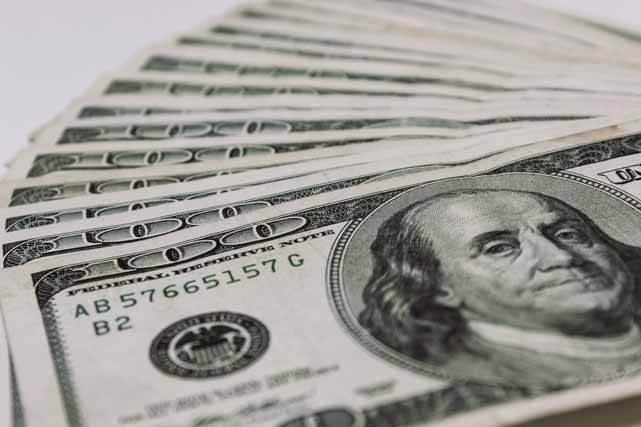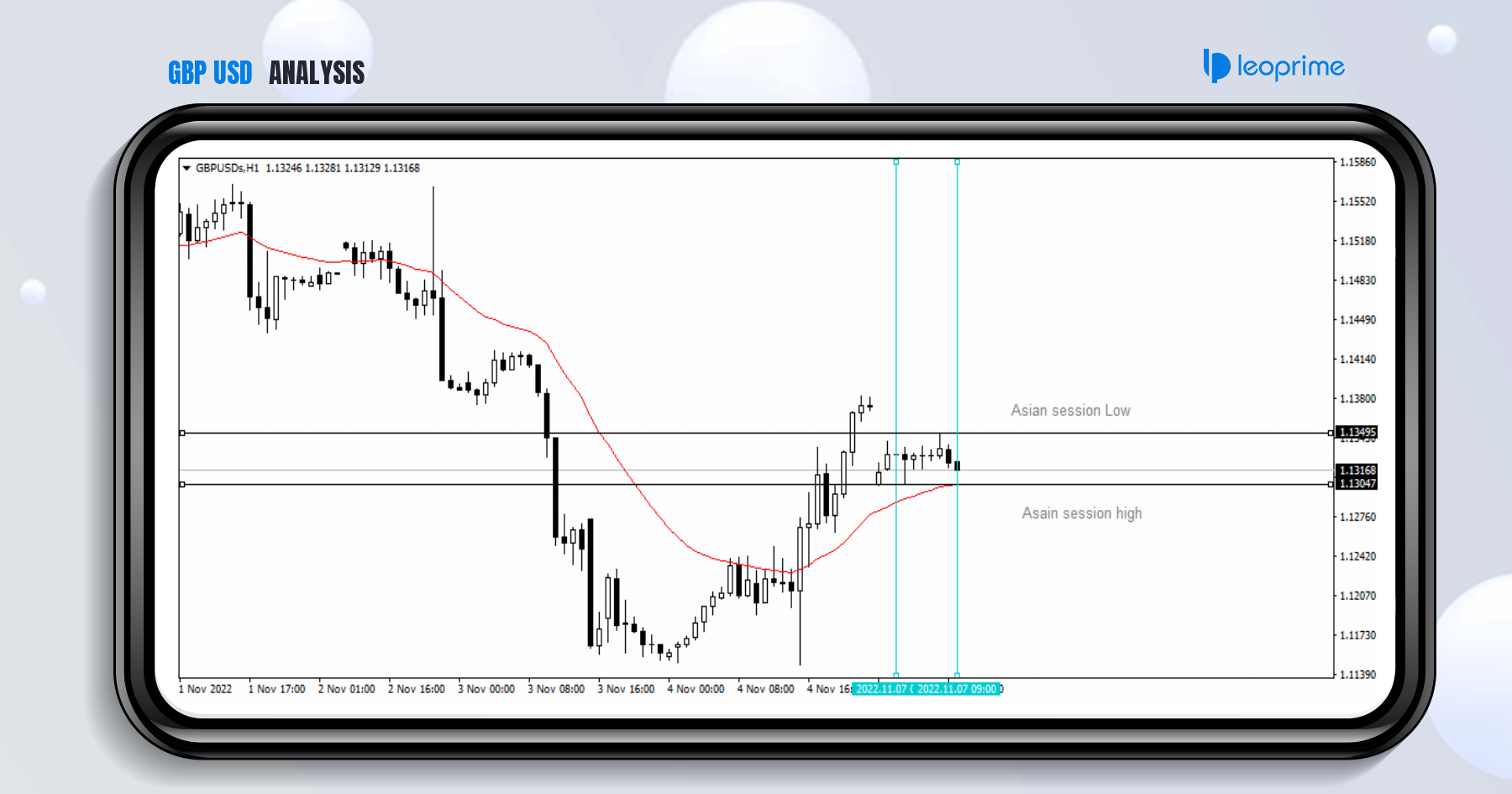
The U.S. dollar moved higher against a currency basket on Monday amid indications that global trade tensions are easing but gains were held in check by expectations for lower U.S. interest rates.
Against a basket of six peers, the U.S. dollar index rose 0.3% to 96.871 by 04:17 AM ET (08:17 GMT), recovering slightly after ending with a 1.2% loss last week, its worst weekly performance since the week of Feb. 16, 2018.
Market sentiment was boosted after the U.S. and Mexico struck a migration deal late last week to avert a tariff war. U.S. President Donald Trump had threatened to impose 5% import tariffs on all Mexican goods starting on Monday if Mexico did not commit to do more to tighten its borders.
Over the past year, trade disputes between the U.S. and its trading partners, including a long-running conflict with China, have slowed global growth and unsettled financial markets.
China’s exports unexpectedly returned to growth in May despite higher U.S. tariffs, data showed on Monday, but many suspected the rise was due to firms front-loading shipments to avoid higher U.S. tariffs. Fears of a longer U.S.-China trade war continued to persist.
Group of 20 finance leaders said on Sunday that trade and geopolitical tensions have “intensified”, raising risks to improving global growth, but they stopped short of calling for a resolution of the deepening U.S.-China trade conflict.
Against the safe-haven yen, the dollar gained 0.43% to 108.64 yen. The yen gained in late May on the deteriorating global trade outlook as the currency tends to benefit during geopolitical or financial stress as Japan is the world’s biggest creditor nation.
Bart Wakabayashi, Tokyo branch manager at State Street Bank, said the lift to sentiment from the U.S.-Mexico deal would “probably spill over to optimism with China and hopefully some progress there.”
“We’ve had trade talks with the EU, with Japan. Hopefully these will start to turn to the positive narrative which should see further dollar weakness in the yen,” he said.
Still, the dollar’s gains were checked by rising expectations the Federal Reserve will cut interest rates during the second half of the year.
Those views were bolstered on Friday when data showed that the U.S. economy added a far smaller than forecast 75,000 jobs in May, suggesting the loss of momentum in economic activity was spreading to the labor market.
Fed funds rate futures are still pricing in more than two 25-basis-point rate hikes by the end of this year even after their retreat early on Monday after the U.S.-Mexico migration deal.
“The market is saying it is not a question of if, it is a question of when, and to what extent, we’re going to get a rate cut for this year,” said Pepperstone’s Weston.
The Australian dollar slipped 0.4% to 0.6965, giving up some of last week’s gains, when it rose 0.9%.
The euro dipped nearly 0.3% to 1.1298, retreating from an 11-week high of 1.1348 touched on Friday.
— Investing.com







